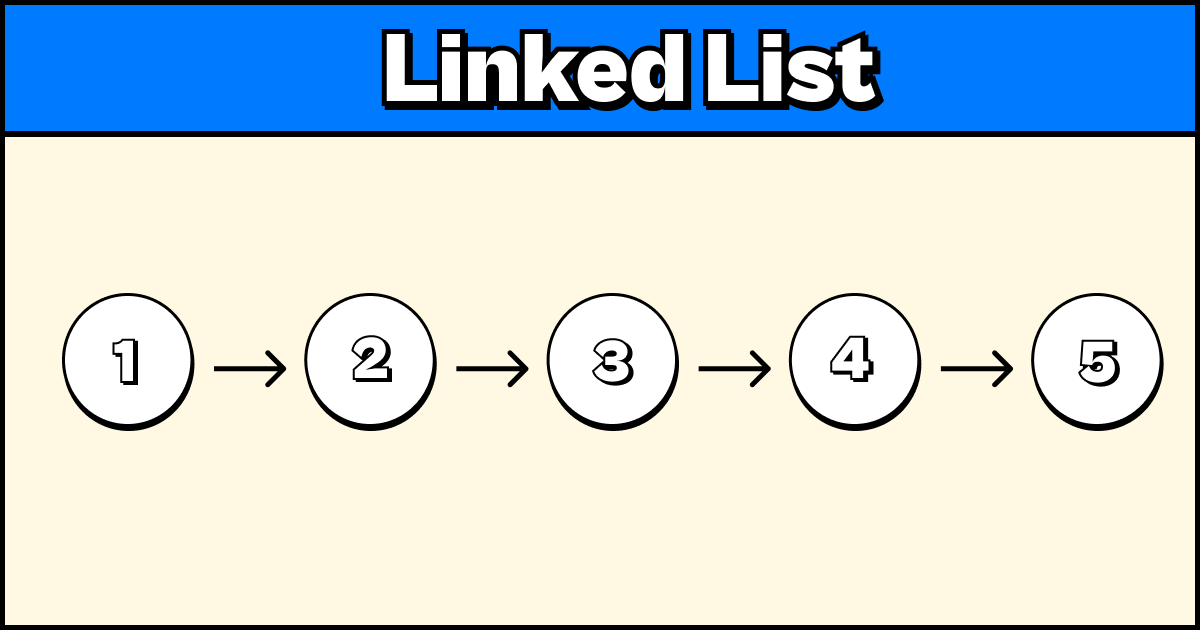- Sloth Bytes
- Posts
- 🦥 How To Use AI To Study like a 10x Developer
🦥 How To Use AI To Study like a 10x Developer

Hello friends!
Welcome to today's Sloth Bytes. I hope you had a great week!

Sloths give birth in trees
Giving birth is already tough enough, but sloths take it to the next level by giving birth in the trees.
Once the baby is born, the sloth mom will scoop her baby up and place it on her belly.

How to Use AI To Study

I actually plan on making a video going deeper into this topic soon, but here’s a quick rundown on some study methods 😁
Sloth is AI going to replace us??
uhhhh probably, but i’m not sure when.
For software engineering, it will probably take a while. I wouldn’t worry too much about it.
What YOU should do right now is use AI as a tool and not be afraid of it. AI is designed to make our lives easier, so it would be strange if we didn't use it.
Ways to use AI to help you study
Code explanation: Paste complex snippets into AI for detailed breakdowns. This helps you understand advanced concepts quickly. Example: copy and paste some code and ask, "Explain how this works step-by-step."
Custom practice: Generate practice coding challenges for targeted learning. This helps reinforce specific skills. Example: "Create a Python challenge that tests my understanding of list comprehensions."
Solution exploration: Ask AI for alternative approaches to problems you've solved. This will help improve your problem solving. Example: After solving a problem, ask, "is there another way of solving this problem?"
Concept clarification: Use AI to explain difficult programming concepts in simple terms. It’ll help understand complex ideas. Example: "Explain the concept of polymorphism as if I'm a beginner programmer."
Quick prototyping: Rapidly generate skeleton code to test ideas. This allows you to focus on core logic. Example: "Generate a basic structure for a REST API in Flask."
Best practices: Ask AI about current coding standards and patterns. Stay updated with industry norms. Example: "What are the current best practices for error handling in JavaScript?" Take this one with caution since the industry is always changing.
Error understanding: Copy and paste error messages for explanations and potential fixes. It’ll improve your debugging skills. Example: Paste a error message and ask, "What might be causing this error and how can I fix it?"
Language comparison: Ask AI to compare features across programming languages. Understand language trade-offs. Example: "Compare how Python and JavaScript handle asynchronous operations."
Algorithm breakdown: Request step-by-step explanations of complex algorithms. Improve your algorithmic thinking. Example: "Explain the merge sort algorithm, explain each step."
Code review simulation: Have AI review your code for improvement suggestions. Refine your coding style. Example: Paste a function and ask, "How can I improve the efficiency and readability of this code?"
Important thing to note
Remember to validate AI-generated information because it won’t always have the correct answer or it’ll hallucinate, so compare the AIs answer to another source online.
Also prioritize hands-on practice alongside these AI-assisted study methods.
The goal is to use AI to accelerate your learning. It’s not a replacement for coding experience.

Linked lists

As always, these topics can get complex, but I’ll do my best to make it concise and tailor it for interviews.
What is it?
A linked list is a linear data structure where elements are stored in nodes. Each node contains data and a reference (or link) to the next node in the sequence.
Types of linked lists
Singly Linked List: Each node points to the next node.
Doubly Linked List: Each node points to both next and previous nodes.
Circular Linked List: Last node points back to the first node.
Time complexity for Key Operations
Insertion: O(1) at head/tail, O(n) at arbitrary position
Deletion: O(1) at head, O(n) at arbitrary position
Searching: O(n)
Advantages
Dynamic size
Efficient insertion/deletion at the beginning
Disadvantages
No random access
Extra memory for storing references
Common Interview Questions
Reverse a linked list
Detect a cycle in a linked list
Find the middle element
Merge two sorted linked lists
Remove duplicates from a sorted linked list
Key Techniques
Two-pointer approach (fast/slow pointers)
Dummy node for edge cases
Recursion for certain operations
Implementation Tips
Always handle edge cases (empty list, single node) and update head/tail pointers correctly.




More people are participating, love to see it!
Thank you to everyone who submitted!
ddat828, ravener, RelyingEarth87, IshanKumar22, Anand Prabhu, Classy-Cassy, Addleo, yznki, Phil-lord, and many more! (If I didn’t include you sorry there’s a lot)
Today’s Challenge
Making a box
Create a function that creates a box based on dimension n.
Examples
makeBox(5) ➞ [
"#####",
"# #",
"# #",
"# #",
"#####"
] 5x5 box
makeBox(3) ➞ [
"###",
"# #",
"###"
] 3x3 box
makeBox(2) ➞ [
"##",
"##"
] 2x2 box
makeBox(1) ➞ [
"#"
] 1x1 boxHow To Submit Answers
Reply with
A link to your solution (github, personal blog, portfolio, replit, etc)

Sloth WHERE’S THE NEW VIDEO 😡
I’m working on it… I swear. Here’s a preview

It takes time to make my rants entertaining
That’s all from me!
Have a great week, be safe, make good choices, and have fun coding.
See you all next week.








Reply